4 Benefits Of Urea For Skin, How To Use It, And Side Effects
Discover the unexpected ways to add urea to your routine and achieve flawless skin.

Image: shutterstock
If you have dry skin that is rough and scaly to touch, you must treat it immediately. Dry skin is more susceptible to developing fissures and cracks. The cracks can get infected with harmful microorganisms if not treated immediately. You can use urea for skin hydration and moisturization as it effectively improves dry skin and associated symptoms. This article discusses the effectiveness of urea for dry skin. Read on.

 Know Your Ingredient: Urea
Know Your Ingredient: UreaWhat Is It?
It is a colorless compound that helps break down protein in our bodies.
What Are Its Benefits?
It acts as a powerful humectant, improves the skin barrier, provides pain relief, and is a good skin exfoliant.
Who Can Use It?
It can be used by all except allergic individuals and helps treat many skin conditions like psoriasis, seborrheic dermatitis, etc.
How Often?
If you have any skin issues, use it 1-3 times a day for a week. If you use it as a moisturizer, you can use it 3-4 times a week.
Caution
Avoid using it if you experience severe itching, redness, burning or stinging sensation, or peeling skin.
In This Article
Urea: What To Know
Urea is also known as carbamide. It is a colorless organic compound that helps in the breakdown of nitrogenous chemicals in the body. It has gained significant recognition in dermatology, beauty, and cosmetic chemistry for its wonderful benefits for skin health. It is the main nitrogen-containing compound present in mammal urine. It is also found in human sweat. Urea is water-soluble and easy to produce.
The German chemist Friedrich Wohler synthesized urea in 1828 and originated a way of manufacturing it without mammalian urine. It is now produced commercially by dehydrating ammonium carbamate at elevated temperatures and pressures.
Urea has several uses. It is commonly used to manufacture plant and crop fertilizers and is also an ingredient in different resins and plastics. It is also becoming popular as an ingredient in cosmetics and skin care products.
In the next section, we understand how urea benefits your skin. Keep reading.
If you are wondering what types of urea are used in skin care products, scroll down to the next section!
Key Takeaways
- Urea helps in the breakdown of nitrogenous chemicals in the body.
- Formulations containing urea help maintain the skin barrier and protect skin from external environmental elements.
- However, avoid using formulations containing urea if you are pregnant or breastfeeding.
Types of Urea
Urea, a naturally occurring substance in the skin, is used in skin care products for its hydrating and exfoliating properties. The various types of urea that are used include:
- Synthetic Urea: Commonly used in skin care products for its moisturizing and exfoliating properties.
- Plant-Based Urea: Utilized in some skin care products as an alternative to synthetic versions.
- Hydroxyethyl Urea: May act as a humectant to enhance the skin’s moisture-retaining capacity and improve overall hydration.
- Imidazolidinyl Urea: Used as an antimicrobial preservative in some skin care products (1).
- Diazolidinyl Urea: Used as a preservative in skin care formulations to increase the safety of the product.
In the next section, we talk about how urea benefits your skin. Keep reading.
How Does Urea Benefit Your Skin?
Urea is definitely not the first ingredient that comes to mind when we discuss skin care. However, this compound can offer major benefits to your skin. Here are a few:
1. Acts As A Humectant

Hydration is the key to soft, smooth, and healthy skin. Urea is known for being a powerful humectant that attracts moisture from the environment and seals it in the skin. It may reduce trans-epidermal water lossi Water loss from inside the body through the skin layers to the atmosphere outside caused by skin disorders or excessive washing or exfoliation. in dermatitisi A broad term used to describe a typical skin disorder, which has numerous causes and involves dry, itchy skin or a rash. patients (2). Regular application of a product with urea can improve your skin’s water retention ability and fix dry patches and ashy skin issues.
2. May Improve Skin Barrier Function
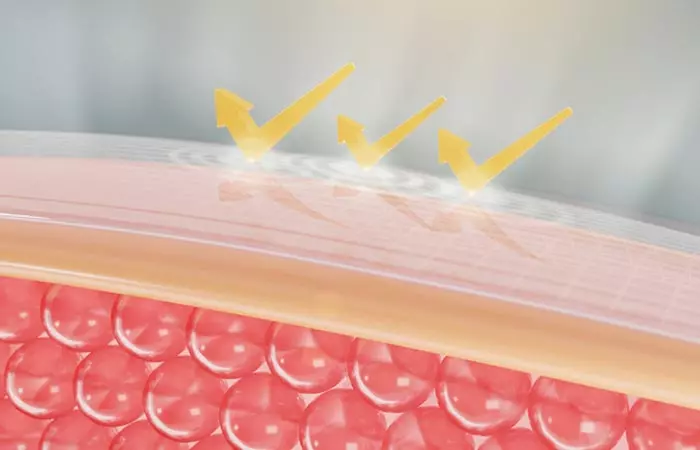
Better skin barrier function means your skin is better protected from external harm. Formulations containing 5% urea were found to significantly improve skin barrier function (3).
Topical application of the ingredient is believed to accelerate the process of skin renewal. This, in turn, may help maintain your skin barrier and protect your skin from external environmental elements. However, more research is warranted to further understand this benefit of urea.
3. May Provide Pain Relief

Urea may have anesthetic properties. Anecdotal evidence suggests urea can be used for pain relief in skin inflammation and painful flare-ups. Some studies also show that it can be combined with anti-inflammatory treatments to aid in the management of several skin conditions (4).
4. Works As An Excellent Exfoliant

Urea has keratolytic properties, wherein it helps remove the excess skin produced by the epidermis (4). It is mandatory to regularly remove the dead skin cells from the skin surface. Urea works great as an exfoliant and may soften dry, rough skin.
 Quick Tip
Quick TipUrea has a lot to offer your skin. But before you incorporate a urea lotion or cream into your daily regimen, it is important to know how to use it the right way.
How To Use Urea For Your Skin
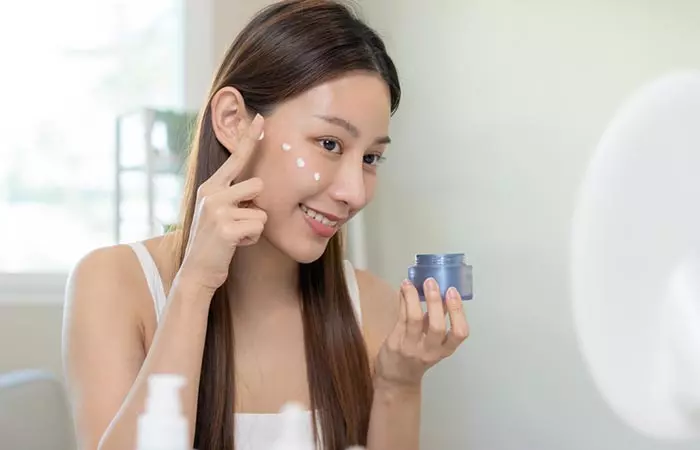
Urea is a versatile skin care ingredient. You can easily find moisturizers, body lotions, and hand and feet creams containing urea. The right way of use depends on the area of application.
- How To Use Urea Cream On Your Face
- Wash your face with cool or lukewarm water and a gentle face wash designed for your skin type. Pat dry.
- Dab a non-alcoholic toner all over your face.
- Take a small amount of the urea cream on your fingertips and dot your cheeks, chin, and forehead with it.
- Massage in the cream with your fingertips, using small circular motions.
For your face, ensure you choose a cream with a low concentration of urea.
- How To Use Urea Body Lotion
- Take a bath with cool or lukewarm water. Avoid water that is too hot as it may strip off skin moisture.
- Towel dry yourself.
- Take an adequate amount of the urea body lotion in your palms.
- Massage your neck, shoulders, arms, and legs with your palms to evenly spread the lotion.
- Apply some extra lotion to the areas that feel drier than the rest of the body. Often, the elbows and the knees require some extra care.
- Let the lotion dry for a few seconds.
Follow these tips for dry skin to alleviate discomfort and achieve a well-hydrated and balanced complexion. Choose a lotion with a low to medium concentration of urea, depending upon your skin type.
- How To Use Urea Hand And Feet Cream
- Mix half a cup of Epsom salt with half a bucket of warm water.
- Soak your feet for 20 minutes to soften the calluses.
- Rinse with fresh warm water and pat dry.
- Scoop out some urea foot cream with your fingers and massage your feet. Ensure you apply a little extra cream on the heels, especially so if they are cracked.
- Let the cream dry for a few seconds. Wear soft cotton socks.
- Wash your hands thoroughly with warm water. Pat dry.
- Take some urea cream on your palms and apply all over your hands and fingers.
- Wear cotton gloves once the cream dries.
The skin on your hands and feet is thicker than that on your face or body. As such, you should use a cream with a higher concentration of urea to heal dry and calloused hands and feet.
 Quick Tip
Quick TipUrea works simultaneously as an exfoliant, humectant, and moisturizer. But is it safe for everyone? Or does it have any side effects?
What Are The Side Effects Of Using Urea On Your Skin?
While urea has numerous skin benefits, it also may cause certain side effects. Discontinue using the product if you experience any of these effects:
- Severe itching
- Redness
- Burning
- Stinging
- Peeling skin
Remember that skin care products containing urea are meant only for topical use. Immediately visit a doctor in case of accidental ingestion.
Keep the following precautions in mind to ensure a safe experience.
Precautions To Take While Using Urea
Urea can be a boon for those with extreme skin dryness and itchy skin. However, remember that urea is a very strong ingredient. Do follow these precautions while using urea in skin care for a safer experience.
- You should not use skin care products with urea on or near open wounds or burns.
- Avoid using the ingredient if you are pregnant or breastfeeding.
- Avoid using urea if you have sensitive skin.
- Don’t apply urea creams on your rectum or vagina.
- Avoid getting it into your eyes, nose, or mouth.
- Once you apply a urea product to your skin, stay away from water for at least a few hours.
With the uses, benefits, and possible side effects of urea in mind, how often can you use it?
How Often Can You Use Urea On Your Skin?
Many factors determine how often you can use urea on your skin. If you have a serious skin issue and have been prescribed a urea cream by a doctor, follow their instructions regarding the frequency of application. Generally, you can use the cream 1 to 3 times a day at least for a week to heal a severe skin issue. Discontinue immediately if you experience any negative side effects.
Start using a urea cream or lotion for moisturizing purposes 3 to 4 times a week, and increase the frequency with time. Most skin products with low concentrations of urea (5-10%) are gentle enough for daily hydration. Urea products with higher concentrations of about 20-40% are more potent, offering hydration as well as mild exfoliation. They are not ideal for everyday use and are often used as targeted treatments. Hence, it is best to use them only under guidance, especially for people with sensitive or compromised skin.
Role Of Urea And Its Effects On The Skin
Urea is widely used in moisturizers and ointments in various concentrations to address different skin care issues. Low concentrations of urea can keep your skin hydrated and soft, while high concentrations of urea are suitable for managing skin conditions. Check the infographic below to learn more.
Some thing wrong with infographic shortcode. please verify shortcode syntax
In A Nutshell
Urea is a colorless, organic compound used in fertilizers, resins, and plastics. It is commonly used as a humectant in several beauty products to help retain moisture in the skin. Also, when it comes to skincare, urea for skin is known as per as anecdotal evidence suggests that it includes comparisons of urea may provide pain relief and improve the skin barrier function, making it a must-have ingredient to include in your skincare routine. Since urea is a versatile ingredient, you can use creams or body lotions with urea in them. Some of the side effects of using urea on your skin include redness, burning, or itching. If you experience an allergic reaction, stop using it immediately and consult your doctor.
Frequently Asked Questions
What’s the pH of urea?
The pH of urea ranges from 4 to 8 (7).
Is urea good for wrinkles?
Yes, urea may increase dermal density and skin elasticity, which may result in firmer skin (8).
Is urea good for eczema?
Yes, urea has emollient propertiesi Properties that help calm, soften, and boost skin moisture and prevent dry, rough, scaly, or itchy skin. that may help manage eczema (9).
Does urea help with hyperpigmentation?
Yes, using urea cream may reduce hyperpigmentationi A condition where the skin produces excess melanin, causing skin patches that become darker than the surrounding area. (9).
How is urea different from other moisturizers like glycerin or hyaluronic acid?
Urea for skin not only hydrates but also gently exfoliates dead skin. While glycerin and hyaluronic acid mainly pull in moisture, urea softens and smooths rough patches, too, which is especially helpful for dry or flaky skin.
Learn how to make an exfoliating urea and aloe vera gel scrub at home. Watch this video for an easy to follow recipe that will get your skin glowing in no time!
References
Articles on StyleCraze are backed by verified information from peer-reviewed and academic research papers, reputed organizations, research institutions, and medical associations to ensure accuracy and relevance. Read our editorial policy to learn more.
- Imidazolidinyl urea
https://ntp.niehs.nih.gov/sites/default/files/ntp/htdocs/chem_background/exsumpdf/imidazolidinylurea_508.pdf - The Role of Moisturizers in Addressing Various Kinds of Dermatitis: A Review
https://www.ncbi.nlm.nih.gov/pmc/articles/PMC5849435/ - The Effect of an Emollient Containing Urea Ceramide NP and Lactate on Skin Barrier Structure and Function in Older People with Dry Skin
https://www.karger.com/Article/Fulltext/445955 - Topical urea in skincare: A review
https://pubmed.ncbi.nlm.nih.gov/30378232/ - Assessment of Health Effects of Exogenous Urea: Summary and Key Findings
https://www.ncbi.nlm.nih.gov/pmc/articles/PMC9161740/ - Urea in Dermatology: A Review of its Emollient Moisturizing Keratolytic Skin Barrier Enhancing and Antimicrobial Properties
https://www.ncbi.nlm.nih.gov/pmc/articles/PMC8611129/ - Stability of urea in solution and pharmaceutical preparations
https://pubmed.ncbi.nlm.nih.gov/25043489/ - Biorevitalizing effect of a novel facial serum containing apple stem cell extract pro-collagen lipopeptide creatine and urea on skin aging signs
https://pubmed.ncbi.nlm.nih.gov/26424007/ - Urea: A comprehensive review of the clinical literature
https://www.researchgate.net/publication/259245089_Urea_A_comprehensive_review_of_the_clinical_literature - The randomized trials of 10% urea cream and 0.025% tretinoin cream in the treatment of acanthosis nigricans
https://pubmed.ncbi.nlm.nih.gov/31868565/
Read full bio of Dr. Manasi Shirolikar
Read full bio of Arshiya Syeda
Read full bio of Ramona Sinha
Read full bio of Swathi E










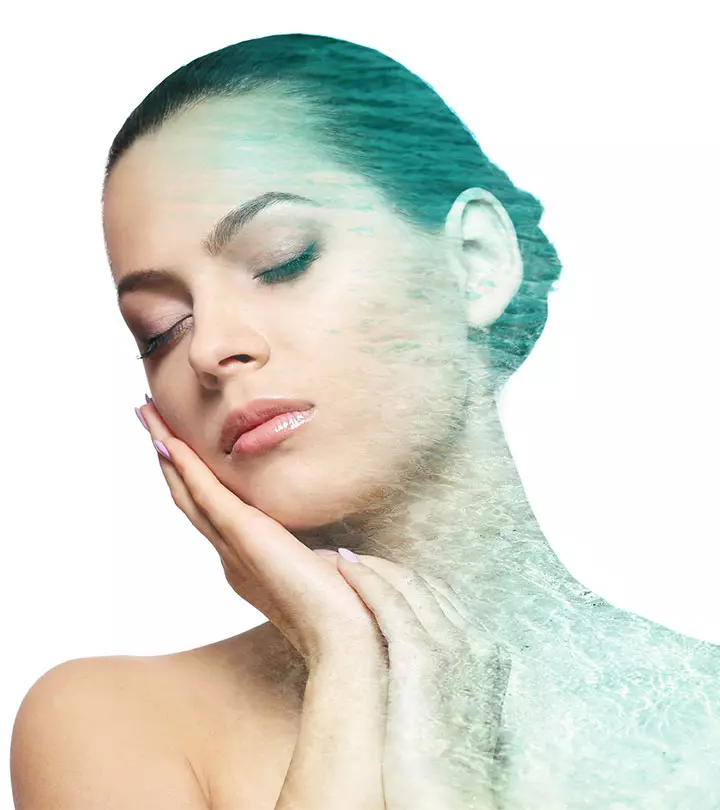
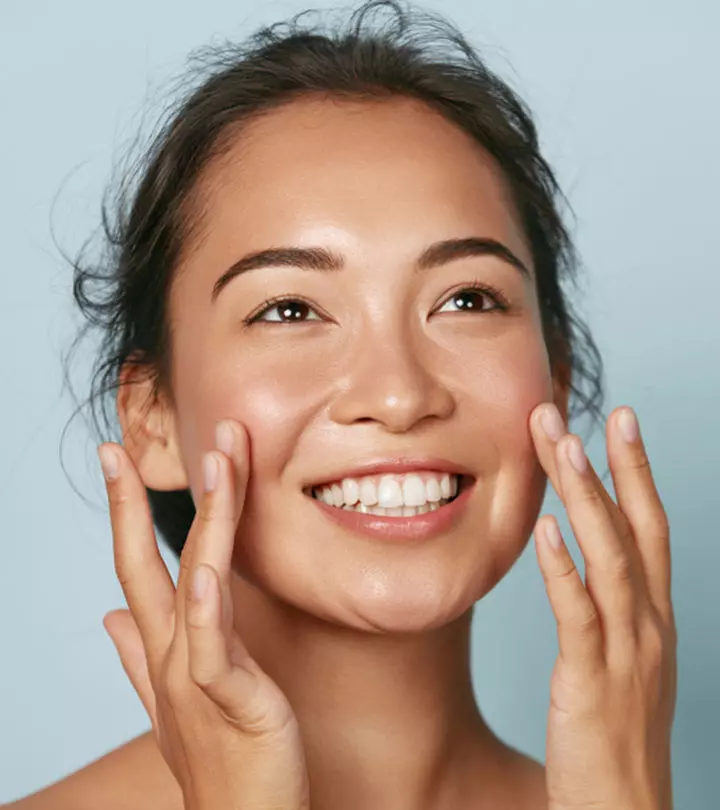





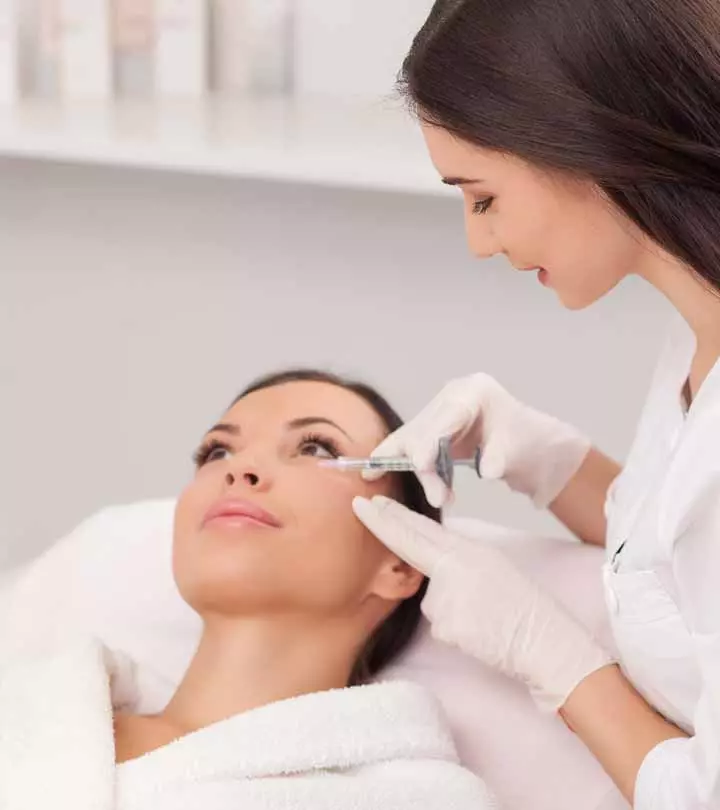

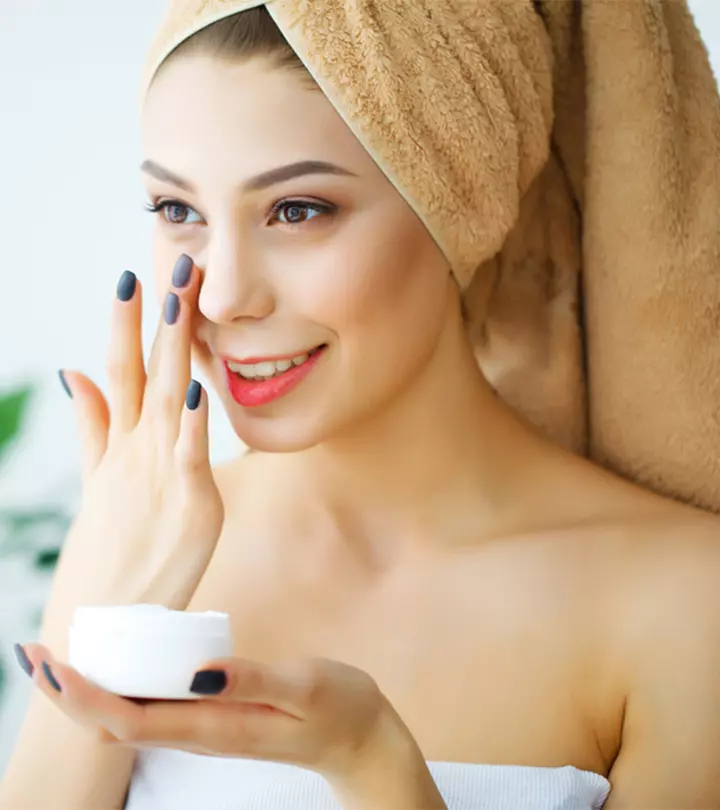
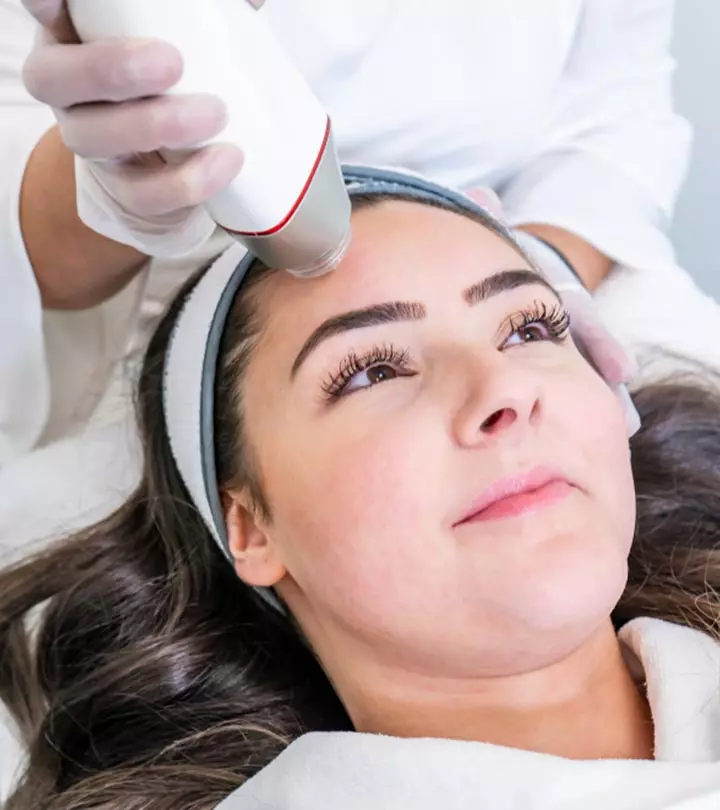
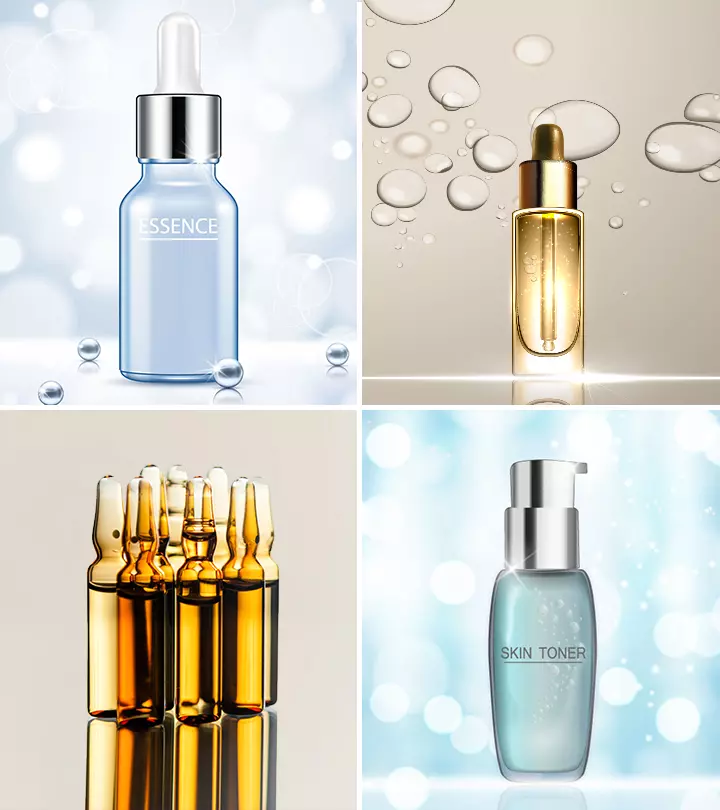
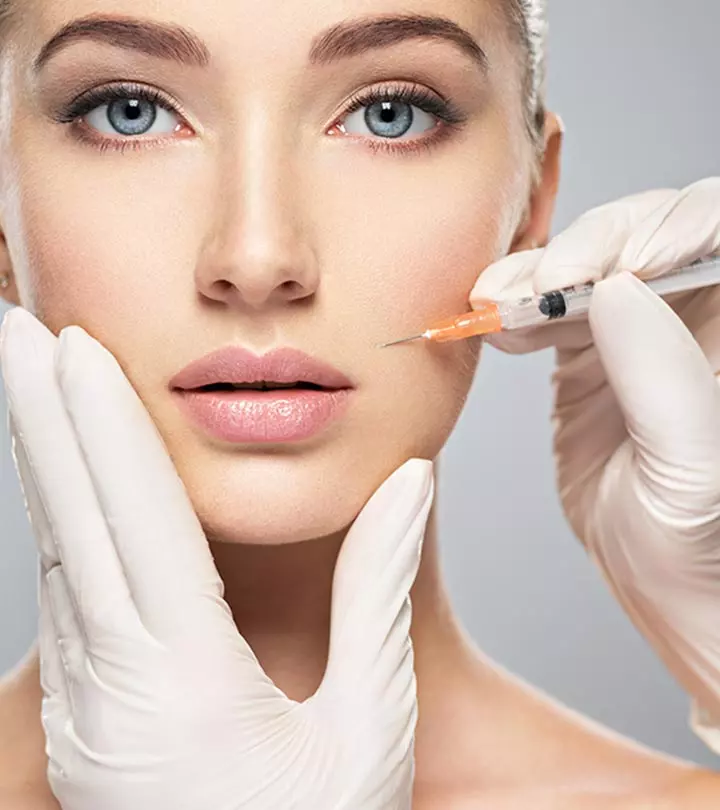




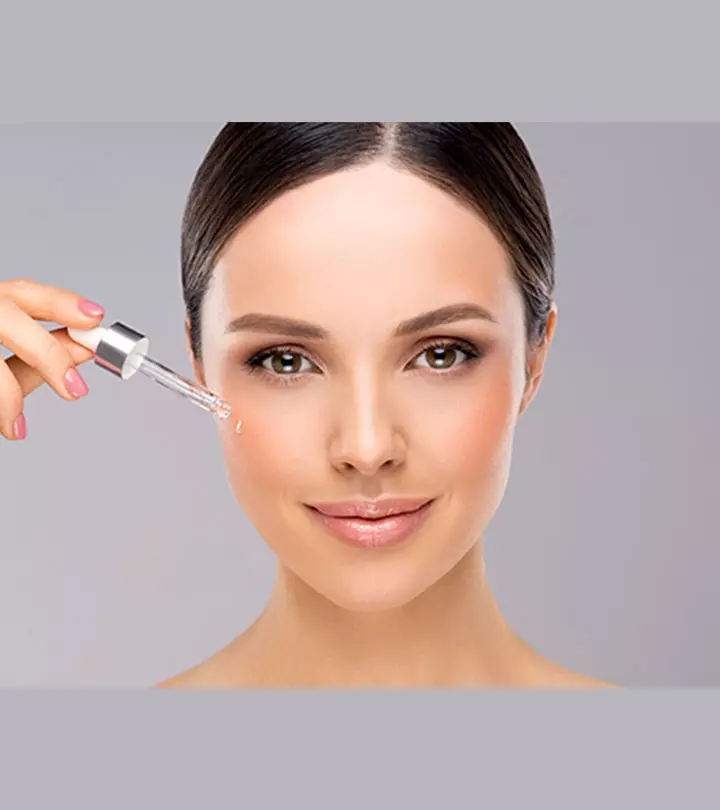
Community Experiences
Join the conversation and become a part of our empowering community! Share your stories, experiences, and insights to connect with other beauty, lifestyle, and health enthusiasts.